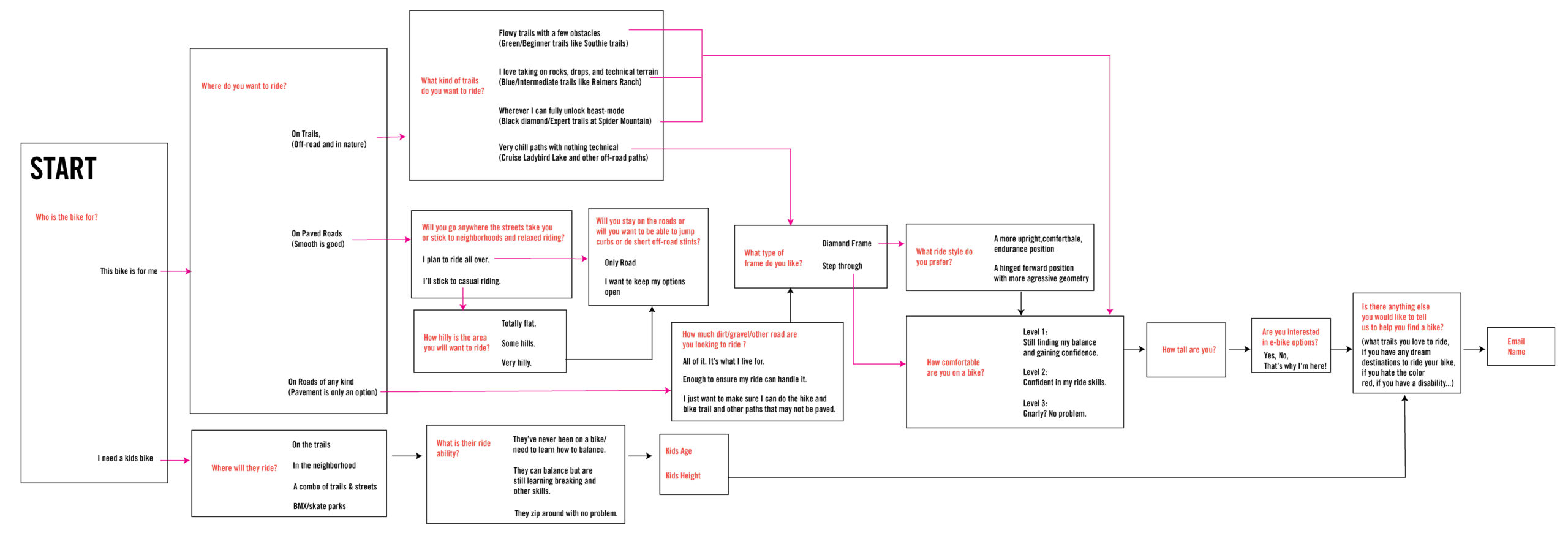Summary
COVID-19 forced Bicycle Sport Shop to completely restructure our business from a high-touch customer experience to a safely distanced engagement in the digital space. The Bike Finder Quiz was one piece of the digital solution to alleviate staff and customer pain points in the sales process.
Role: Research, interviews, marketing, and form design.


